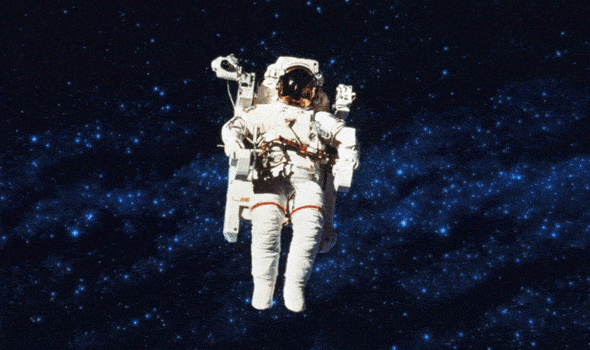
From Dec. 14, NASA is opening applications for its new astronaut crew. The minimal requirements aren’t that strict, but as you might imagine to make the cut you’ll have to prove you’re better than a stellar class of applicants.
“This is an exciting time to be a part of America’s human space flight program,” said Brian Kelly, director of Flight Operations at NASA’s Johnson Space Center.
“This next group of American space explorers will inspire the Mars generation to reach for new heights, and help us realize the goal of putting boot prints on the Red Planet,” NASA Administrator Charles Bolden said in a statement.
“Those selected for this service will fly on U.S. made spacecraft from American soil, advance critical science and research aboard the International Space Station, and help push the boundaries of technology in the proving ground of deep space,” he added.
The basic requirements to become an astronaut
- Candidate must be an United States citizen.
- Bachelor’s degree from an accredited institution in engineering, biological science, physical science, or mathematics.
- Degree must be followed by at least 3 years of related, progressively responsible, professional experience or at least 1,000 pilot-in-command time in jet aircraft. An advanced degree is desirable and may be substituted for experience as follows: master’s degree = 1 year of experience, doctoral degree = 3 years of experience. Teaching experience, including experience at the K – 12 levels, is considered to be qualifying experience for the Astronaut Candidate position; provided degree is in a Science, Engineering, or Mathematics field.
- Ability to pass the NASA Astronaut physical, which includes the following specific requirements:Distant and near visual acuity: Must be correctable to 20/20, each eye
The refractive surgical procedures of the eye, PRK and LASIK, are allowed, providing at least 1 year has passed since the date of the procedure with no permanent adverse after effects. For those applicants under final consideration, an operative report on the surgical procedure will be requested. Blood pressure not to exceed 140/90 measured in a sitting position. Standing height between 62 and 75 inches
If you’re lucky enough to make the cut, you’ll first go through at least two years of basic training in which you’ll learn about vehicle and space station system. Outside the classroom, astronaut candidates must complete military water- and land-survival training to prepare for an unplanned landing back on Earth. If you make it through bootcamp, NASA might select you, the candidate, to become an astronaut. But there will still be a lot more to learn and more tests to prove yourself before you set foot in a spacecraft.
At the moment NASA’s astronaut crew is comprised of 47 people (military personnel, scientists, jet pilots, doctors), which were selected in 2013 from a pool of 6,100 applications. The deadline for the current stage is February 2016, and the first astronauts will be selected in mid-2017.
Good luck!









